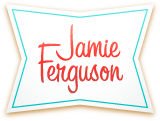Caring for your choppers
One of the fun parts about working on a story set in a different time and place is learning how people lived then. For example, a few years ago I wrote a short story about a stagecoach robbery, and I learned that in some coaches strips of leather (called ‘thorough braces’) supported the body of…
